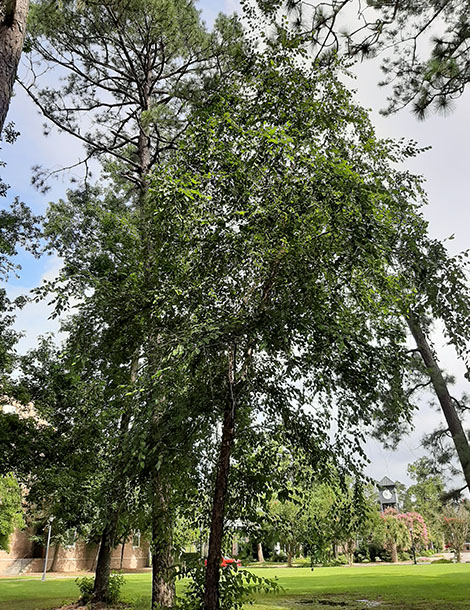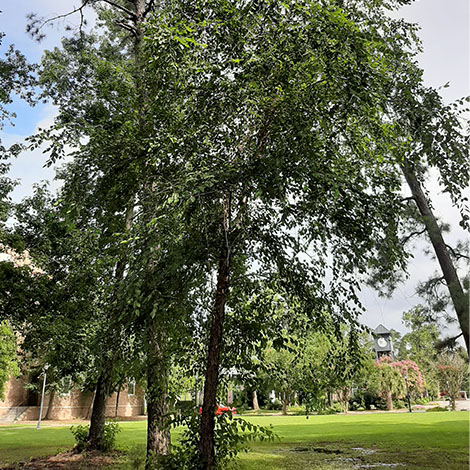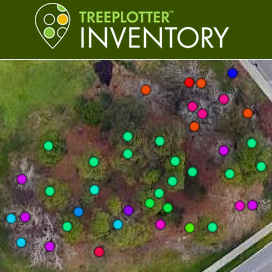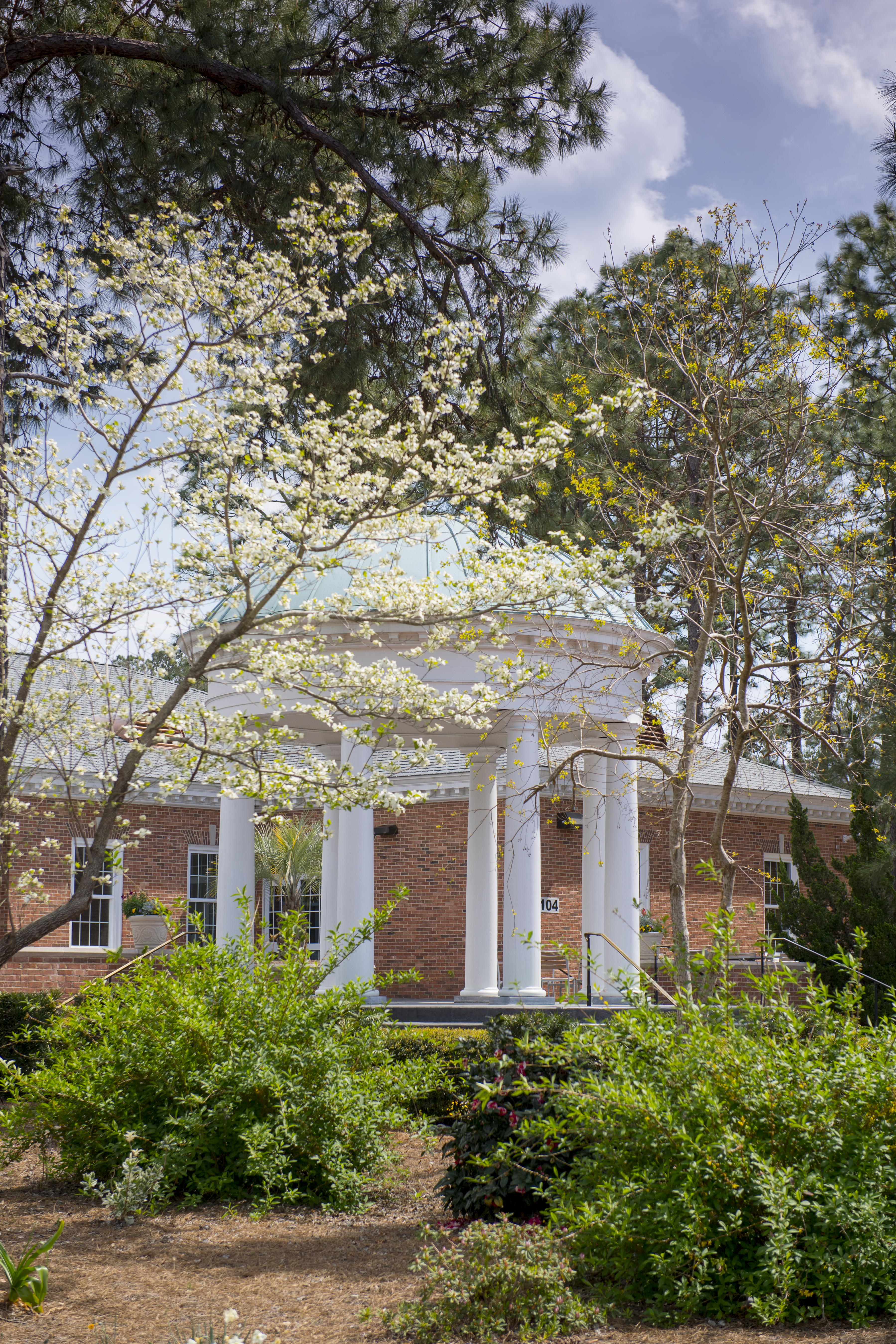CCU Arboretum
River Birch
Common Name: 
River Birch
Scientific Name:
Betula nigra
Species Range:
The river birch is native to the eastern United States ranging from Maine to Florida and west to Minnesota. It commonly occurs in floodplains, along streams, rivers, wet lowlands, and occasionally by moist roadsides.
Growth Characteristics:
This deciduous tree grows to 60-80 feet tall with triangularly ovate leaves. Its bark is a reddish to gray-brown that peels into thin papery layers and turns a darker grayish brown with coarser, shreddy plates as it gets older. The flowers it produces are brown and green catkins that are about 1 ½ inches long that appear in the fall but don’t open until the early spring. Its fruit are ¼ inch-½ inch long nutlets that grow in oblong clusters maturing in the late spring.
Ecosystem Service Value:
The river birch helps with erosion control on riverbanks. Many small birds and other animals such as deer use the leaves and seeds as a food source.
Uses, Other Details:
The biggest use for the river birch is erosion control, but it is also used as an ornamental tree and as fuelwood.
Threats:
The river birch is the most resistant birch tree to borers but can be threatened by leaf diseases, mistletoe, and other diseases that are caused by a high pH level in the soil.
Species profile by Billie Rogers
References:
Dickerson, John, et al. 2002. Plant Fact Sheet: River Birch (Betula nigra). USDA-Natural Resources Conservation Service. https://plants.usda.gov/factsheet/pdf/fs_beni.pdf.
Kirkman, L. Katherine., et al. Native Trees of the Southeast: An Identification Guide. Timber Press, 2007.
“River Birch Betula nigra.” Arbor Day Foundation, https://www.arborday.org/trees/treeguide/TreeDetail.cfm?itemID=792. Retrieved November 15, 2020.








